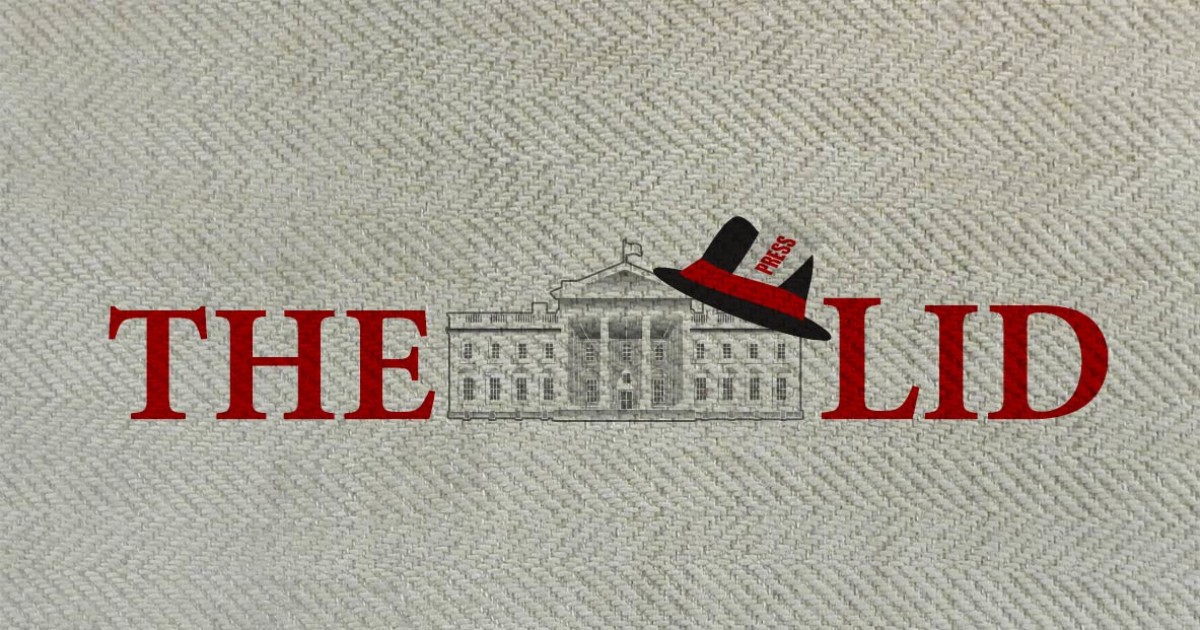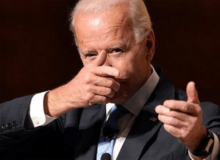John Kasich keeps talking about how when he was the Chairman of the House Budget Committee during the Clinton Administration the federal budget was balanced. That’s just not true. The last time the federal budget was balanced was during the Eisenhower administration. The federal budget was not balanced in any of Bill Clinton’s eight years as President. Not once!
The federal government has two types of debt public debt and intra-governmental debt. Public debt is comprises securities held by investors outside the federal government, including that held by investors, the Federal Reserve System and foreign, state and local governments Intra-governmental debt comprises Treasury securities held in accounts administered by the federal government, such as the Social Security Trust Fund.
Traditionally the annual federal government budget deficit or surplus is the cash difference between government receipts and spending, ignoring intra-governmental transfers. This is a trick as intra-governmental debt needs to be repaid just like the publicly held debt. This is also how Clinton claimed a surplus in three out of his last four years. (Source for all of the numbers below, US Treasury Direct).
| Fiscal Year |
End Date |
Public Debt |
Claimed Surplus | ||
| FY1997 | 09/30/1997 | $3.789667T | |||
| FY1998 | 09/30/1998 | $3.733864T | $69.2B | ||
| FY1999 | 09/30/1999 | $3.636104T | $122.7B | ||
| FY2000 | 09/29/2000 | $3.405303T | $230.0B | ||
| FY2001 | 09/28/2001 | $3.339310T |
These figures include the public debt but not the intra-governmental debt. Its like paying off your American Express card while ignoring the fact that your Mastercard over the limit and months past due. Your Amex looks great but your budget is not balanced.
When the Treasury department reports the National Debt (now over $19 trillion) it counts both public and intra-governmental debt. Clinton’s first full budget proposal in 1993 took effect in October 1993 and concluded September 1994 (FY1994) and his last started in October 2000 and ended in September 2001. Using those bookends and subtracting each year’s national debt from prior years, here’s the national debt at the end of each year of Clinton Budgets.
| Fiscal Year |
Year Ending |
National Debt | Deficit |
| FY1993 | 09/30/1993 | $4.411488 trillion | $346.87 billion |
| FY1994 | 09/30/1994 | $4.692749 trillion | $281.26 billion |
| FY1995 | 09/29/1995 | $4.973982 trillion | $281.23 billion |
| FY1996 | 09/30/1996 | $5.224810 trillion | $250.83 billion |
| FY1997 | 09/30/1997 | $5.413146 trillion | $188.34 billion |
| FY1998 | 09/30/1998 | $5.526193 trillion | $113.05 billion |
| FY1999 | 09/30/1999 | $5.656270 trillion | $130.08 billion |
| FY2000 | 09/29/2000 | $5.674178 trillion | $17.91 billion |
| FY2001 | 09/28/2001 | $5.807463 trillion | $133.29 billion |
To be fair, Clinton’s FY 2000 budget came very close, it only added about $18 billion to the national debt, but in his last budget he was back up over $130 billion.
Despite what you may hear from Democrats there were no giant surpluses that Bush squandered (Bush did overspend, but there was no surplus to squander). The myth of Kasich helping Clinton balance the budget and producing surpluses belongs with unicorns, elves and Mexico paying for Trump’s wall. The last president to preside over a balanced budget/surplus was Dwight Eisenhower, whose government saw surpluses of approximately $2 billion dollars in 1956 and 57.
Neither John Kasich, Bill Clinton nor any one else deserve credit for balancing the budget in the 1990s, because the budget was never balanced.






